Don't hesitate to send a message
+86-579-87301950

Industry News
How Do Factories Test Pepper Mill Grinding Quality?
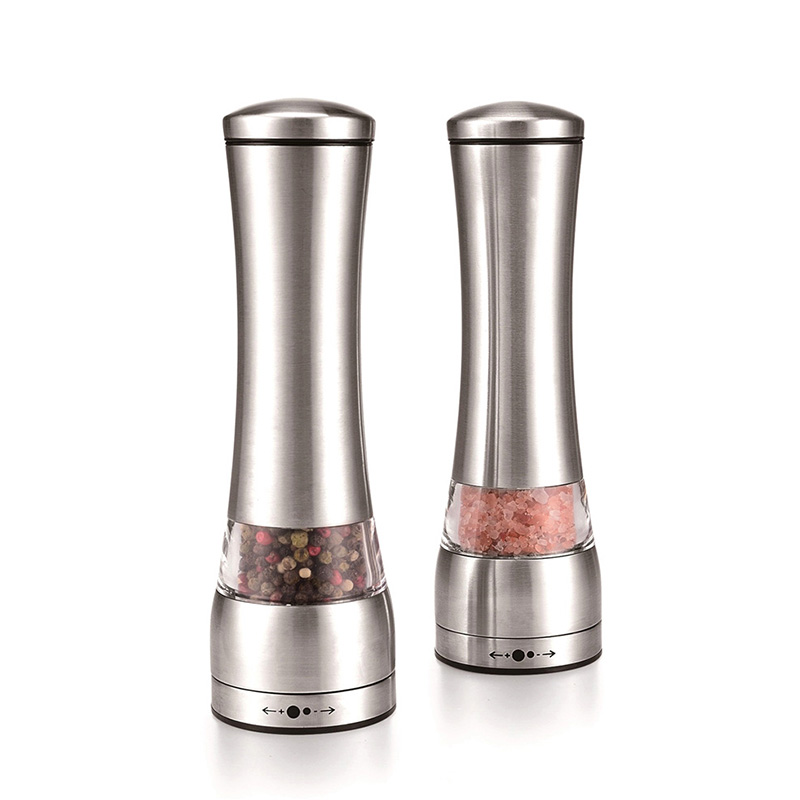
When buying a pepper mill, many users focus on its design, size, and ease of use. However, the true value of the product lies in how consistently and effectively it grinds peppercorns. Behind every reliable pepper mill is a careful production and testing process carried out by a Pepper Mill Factory. These factories follow strict quality control methods to make sure every grinder delivers smooth and consistent performance.
Material and Component Inspection
Before assembly begins, a Pepper Mill Factory checks all materials and parts for quality. The body, grinding mechanism, and adjustment knob are examined to ensure they meet design standards. The grinding core—whether made of ceramic, stainless steel, or carbon steel—is especially important. Factories inspect its hardness, shape, and resistance to corrosion because these features directly affect grinding performance and durability. Any defect at this stage could cause uneven grinding or early wear during use.
Testing Grinding Performance
Once the pepper mills are assembled, technicians test how well each unit grinds. This step evaluates both grinding consistency and output efficiency. Different types of peppercorns are used to simulate real-world conditions. The factory measures how much force is needed to operate the grinder and observes the size uniformity of the ground pepper. A good pepper mill should be able to produce both fine and coarse textures without clogging or requiring excessive effort.
In some Pepper Mill Factory testing lines, automatic machines are used to simulate hundreds of grinding cycles. This durability testing helps confirm that the internal components maintain their function over time. If the grinder starts to jam or produce uneven results during this process, engineers identify the cause and make design or material adjustments before mass production continues.
Adjustment Mechanism Evaluation
Many modern pepper mills come with adjustable grinding settings, allowing users to switch between fine and coarse results. To test this feature, factories repeatedly adjust the mechanism under load. The aim is to ensure the knob or screw remains stable and that settings do not shift during use. A reliable adjustment system should move smoothly without slipping, and it should return to the same setting after multiple uses.
Checking Grinding Output and Residue
During quality testing, technicians also weigh the amount of ground pepper produced per turn. This helps them verify that the grinding mechanism works efficiently and consistently. Factories often collect ground samples from several batches and compare the particle sizes under magnification. Additionally, residue buildup is inspected to ensure that leftover pepper dust or oil does not block the grinder or affect flavor. These small details can make a noticeable difference in daily use.
User Experience and Noise Testing
Another focus for a Pepper Mill Factory is user experience. Testers simulate real kitchen conditions, checking whether the grinder feels comfortable in hand, whether it slips during use, and whether the grinding process produces too much noise. A smooth, stable grinding sound indicates a well-balanced mechanism. Even though sound levels are not always a key selling point, many buyers appreciate a quiet and steady grinder during meal preparation.
Final Quality Control and Packaging
Before shipping, every Pepper Mill Factory runs a final inspection to confirm that all tested units meet quality requirements. Inspectors verify the external finish, label placement, and overall functionality. Defective or inconsistent items are removed to prevent customer dissatisfaction. Once approved, the mills are cleaned, packaged, and prepared for distribution.
Testing the grinding quality of a pepper mill is a detailed process that involves material inspection, performance evaluation, and real-use simulation. Each Pepper Mill Factory aims to ensure that its products deliver consistent, reliable results over time. These behind-the-scenes efforts guarantee that when consumers twist the grinder at home, they experience smooth operation and precisely ground pepper—just as intended by the maker.
-
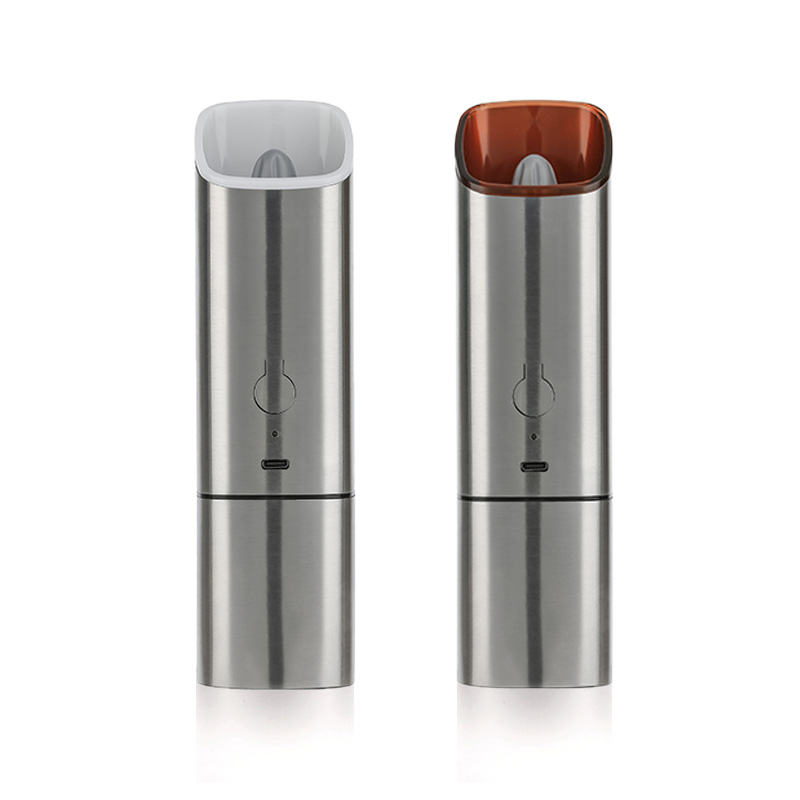 CH-01
CH-01USB Rechargeable Electric Salt Pepper Grinder
-
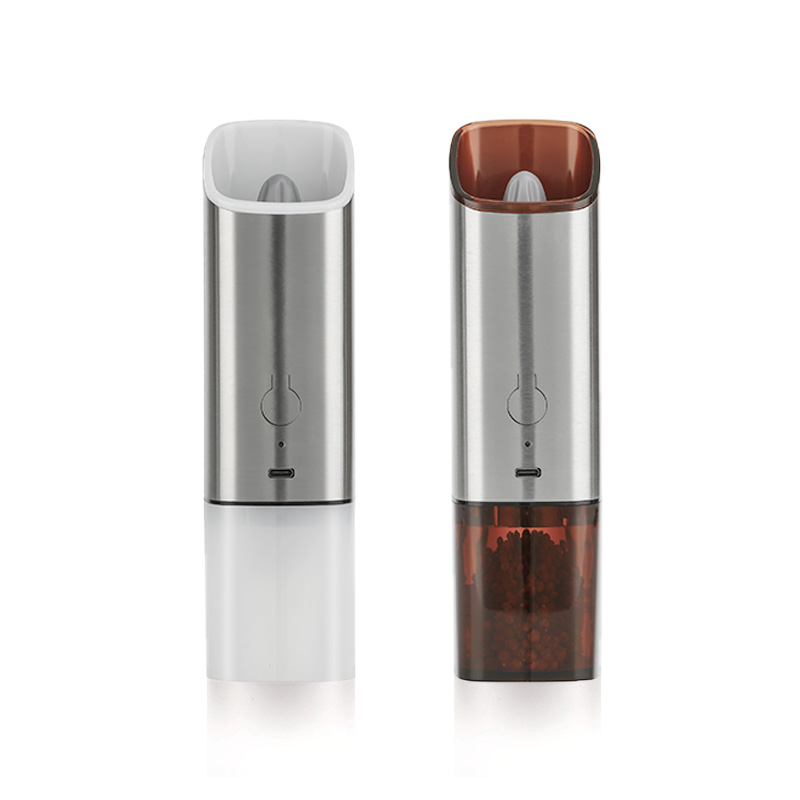 CH-01P
CH-01PUSB Rechargeable Electric Salt And Pepper Mill Set
-
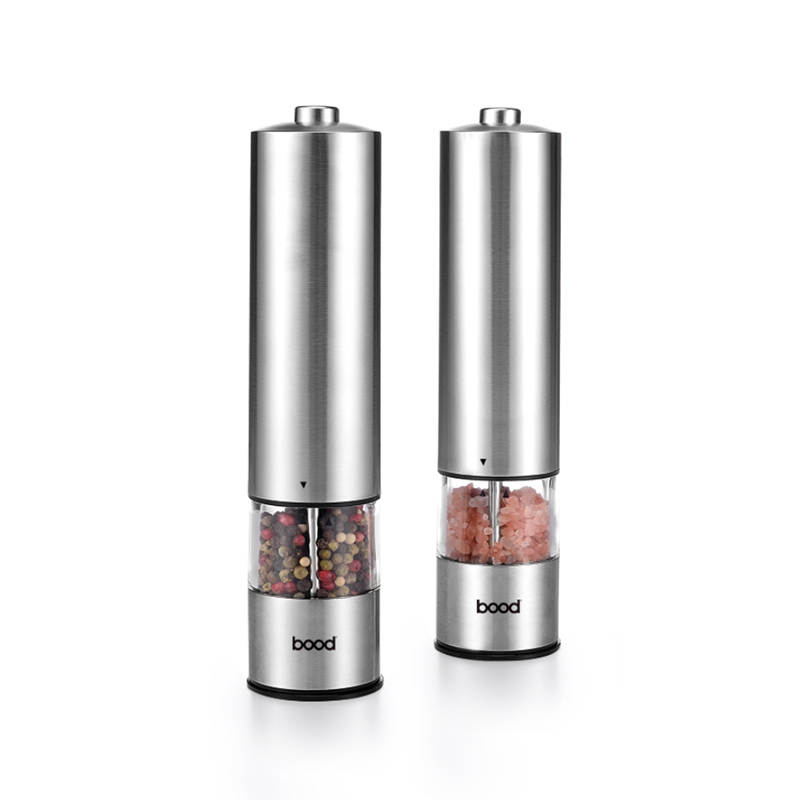 DH-00
DH-00Classy Design Electric Pepper Mill With Stainless Steel Body
-
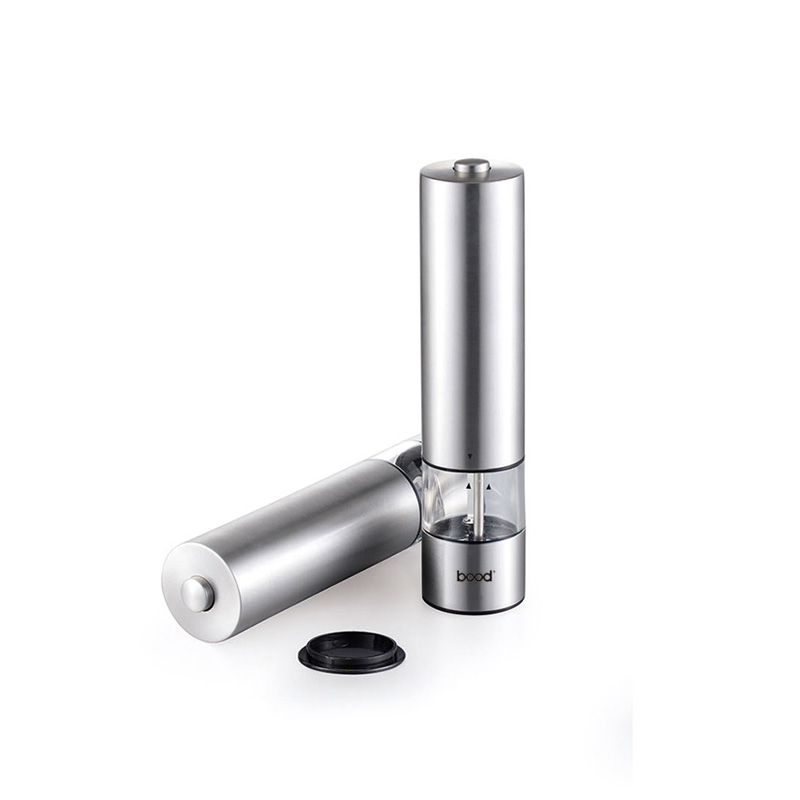 DH-01
DH-01Classic Electric Stainless Steel Salt And Pepper Grinder
-
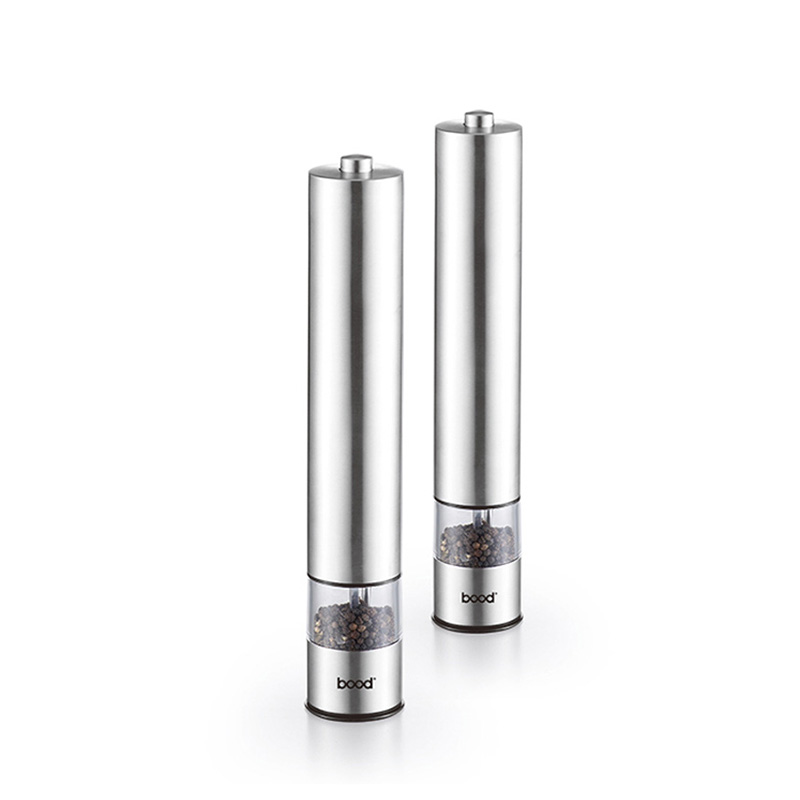 DH-01C
DH-01CElectric Tall Salt and Pepper Mill Grinder with Flat Head
 English
English Deutsch
Deutsch 日本語
日本語